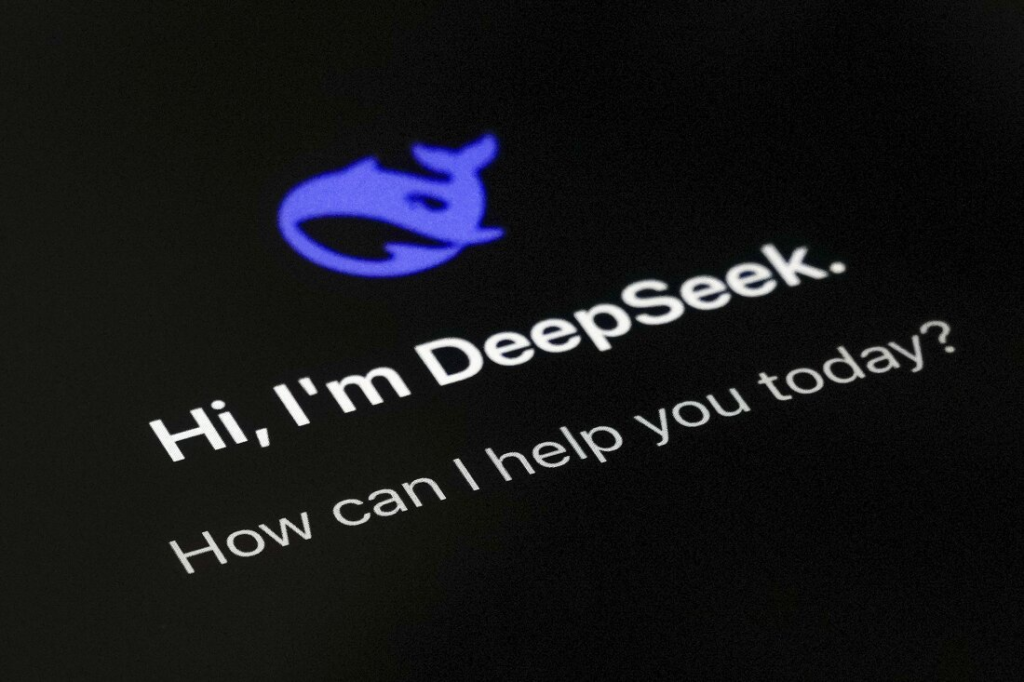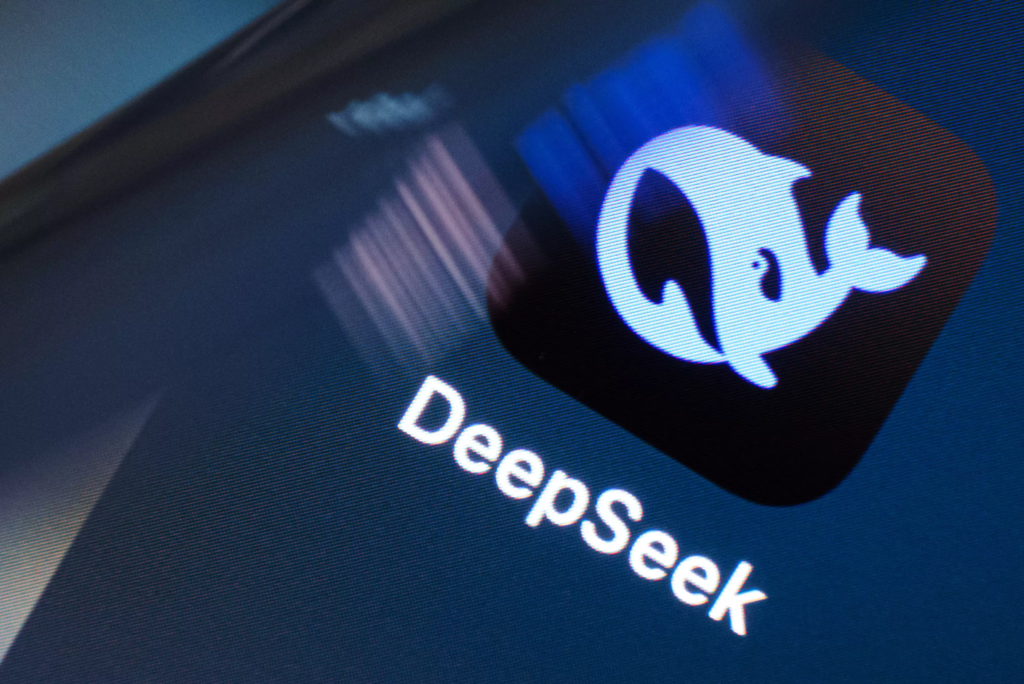What’s the Big Deal with DeepSeek AI? The Open-Source Disruptor
AI is moving fast—so fast that even the biggest players are being forced to adapt. OpenAI’s dominance has been unshaken for years, but then came DeepSeek AI, a Chinese AI startup that’s redefining what’s possible in the world of language models. With an open-source approach, budget-friendly development, and cutting-edge efficiency, DeepSeek is making OpenAI reconsider its strategy. But how exactly is this happening? Let’s dive in.

What’s the Big Deal with DeepSeek AI?
1. Super Smart on a Budget
One of DeepSeek’s biggest flexes is how affordable it is to build advanced AI models. DeepSeek-V3 was trained for an estimated $10 million—a fraction of the rumored $78 million spent on some OpenAI models. Even more impressive? They pulled it off in just two months using fewer high-end GPUs. This disrupts the industry norm and challenges the assumption that only the most well-funded companies can lead in AI innovation. A detailed breakdown of AI training costs reveals how computational expenses shape the industry.
2. Open for Everyone
DeepSeek’s open-source approach is a stark contrast to OpenAI’s increasingly closed ecosystem. By making its models freely available for developers and researchers, DeepSeek is fostering a community-driven AI movement. This puts pressure on OpenAI to reconsider its own strategy, especially as developers begin gravitating toward more accessible AI solutions.
3. Beating the Big Names
DeepSeek-V3 isn’t just another AI model—it’s proving to be a real competitor to OpenAI’s ChatGPT. Recent benchmarks show that DeepSeek outperforms some of the top AI models in math, coding, and problem-solving. This directly threatens OpenAI’s standing as the go-to for cutting-edge AI assistance. In fact, a detailed performance comparison highlights how DeepSeek matches or even surpasses OpenAI’s ChatGPT in several key areas.
4. Challenging NVIDIA’s Dominance
For years, NVIDIA has been the default choice for AI training due to its powerful GPUs. But DeepSeek has proved that you can achieve high performance without relying on NVIDIA’s most expensive chips. If more AI labs adopt similar methods, this could disrupt NVIDIA’s dominance in the AI hardware market. NVIDIA’s AI ecosystem has long been the backbone of deep learning models, but alternative approaches are now gaining traction.

5. A Team Built on First-Principle Thinking
DeepSeek’s team is another part of its magic. Composed of young researchers from top Chinese universities with backgrounds in physics, math, and computer science, they embraced AI without years of formal experience. Their approach? First-principle thinking—breaking problems down to their fundamental truths and rebuilding solutions from scratch. This mindset allows them to develop faster, cheaper, and more efficient AI models.
6. Changing AI for Good
DeepSeek is showing that AI can be cheaper and more open to everyone. They’re changing how we think AI should be made and shared, which could shake up the whole AI world.
What This Means for OpenAI
With DeepSeek shaking up the AI space, OpenAI faces two major challenges:
- Pricing Pressure: Can OpenAI continue justifying its premium ChatGPT subscriptions when an open-source competitor is proving just as powerful?
- Closed vs. Open Debate: OpenAI will have to decide whether keeping its models closed benefits long-term innovation or if it risks losing the developer community to more open alternatives.
Final Thoughts
DeepSeek is doing more than competing—it’s rewriting the rules of AI development. By proving that AI can be powerful without extreme costs, embracing open-source principles, and disrupting existing industry players, DeepSeek is pushing OpenAI to rethink its strategy. As the AI race intensifies, one thing is clear: innovation isn’t just about size—it’s about strategy.
For more, check out related research here.
Article Credit: Eni Nnendah Queen




